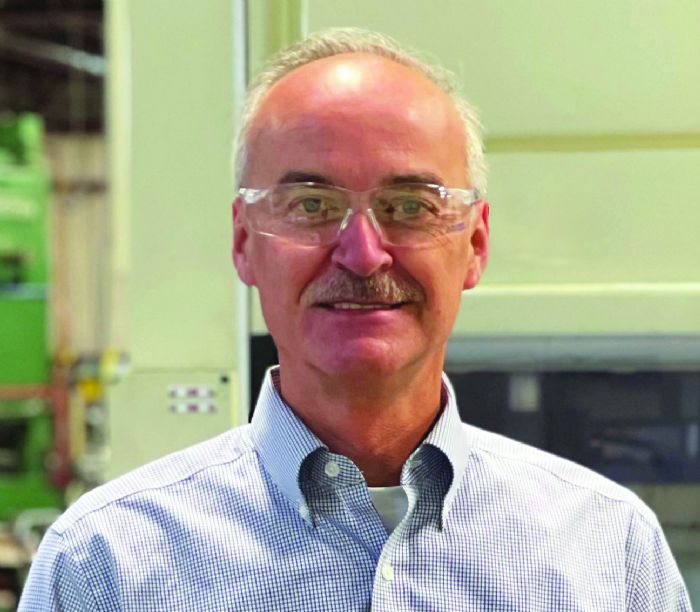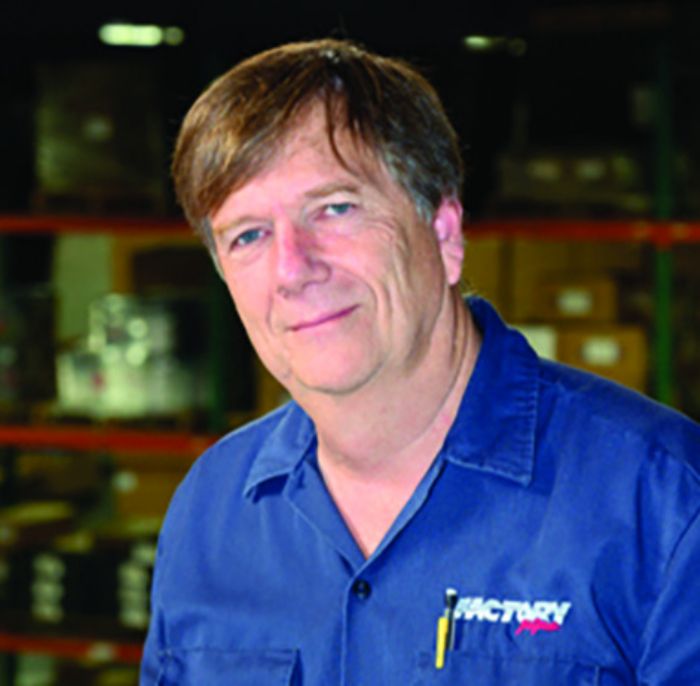Perspectives on Business Management with Metal Forming Company Execs
January 19, 2024Comments
Since January 2021, MetalForming magazine has conducted several Q&A sessions with executives at metal stamping and fabricating companies, providing an inside look at their management philosophies, and sharing their daily challenges and how they face them. Here we present highlights from two such interviews; to be interviewed for this column, email editorial director Brad Kuvin.
Q: What are two or three of the most important things you look for in a mid-level manager?
 Doug Johnson, owner and president of Marion Mfg., Cheshire, CT: “The first quality we look for in all employees is the ability to be a team player. Over the last several years we have become a very youthful company, top to bottom, including our group of four mid-level managers who now play a large role in managing the bulk of our operations.
Doug Johnson, owner and president of Marion Mfg., Cheshire, CT: “The first quality we look for in all employees is the ability to be a team player. Over the last several years we have become a very youthful company, top to bottom, including our group of four mid-level managers who now play a large role in managing the bulk of our operations.
“Key to this youth movement has been providing them with the education and training needed to succeed, to help them work as a team and also to bring out the strengths of their reports. These four managers meet daily and can communicate openly and honestly to deliver another valuable skill―decisiveness.”
 Ross Liberty, president of Factory Pipe, LLC, a manufacturer of exhaust systems for the motorsports industry: “Process knowledge, first and foremost. I’ve heard the argument that you don’t need to understand a process to manage it, but our company is still small, around 73 employees. Mid-level managers must understand the processes that they manage. They typically don’t enjoy the deep bench that a manager of a 100-person department might have.
Ross Liberty, president of Factory Pipe, LLC, a manufacturer of exhaust systems for the motorsports industry: “Process knowledge, first and foremost. I’ve heard the argument that you don’t need to understand a process to manage it, but our company is still small, around 73 employees. Mid-level managers must understand the processes that they manage. They typically don’t enjoy the deep bench that a manager of a 100-person department might have.
“We also look for managers that lead by persuasion and example, not by edict. And, they must exhibit empathy toward their team members.
“Lastly, our managers must lay out clear expectations and hold the team accountable for meeting or exceeding those expectations. This is critical if you are to have a process-driven organization. Good managers utilize a systems-driven approach to keep multiple plates spinning. Understand that this is not to be confused with leadership. They are not the same, nor are they mutually exclusive; they are of a different currency.”








